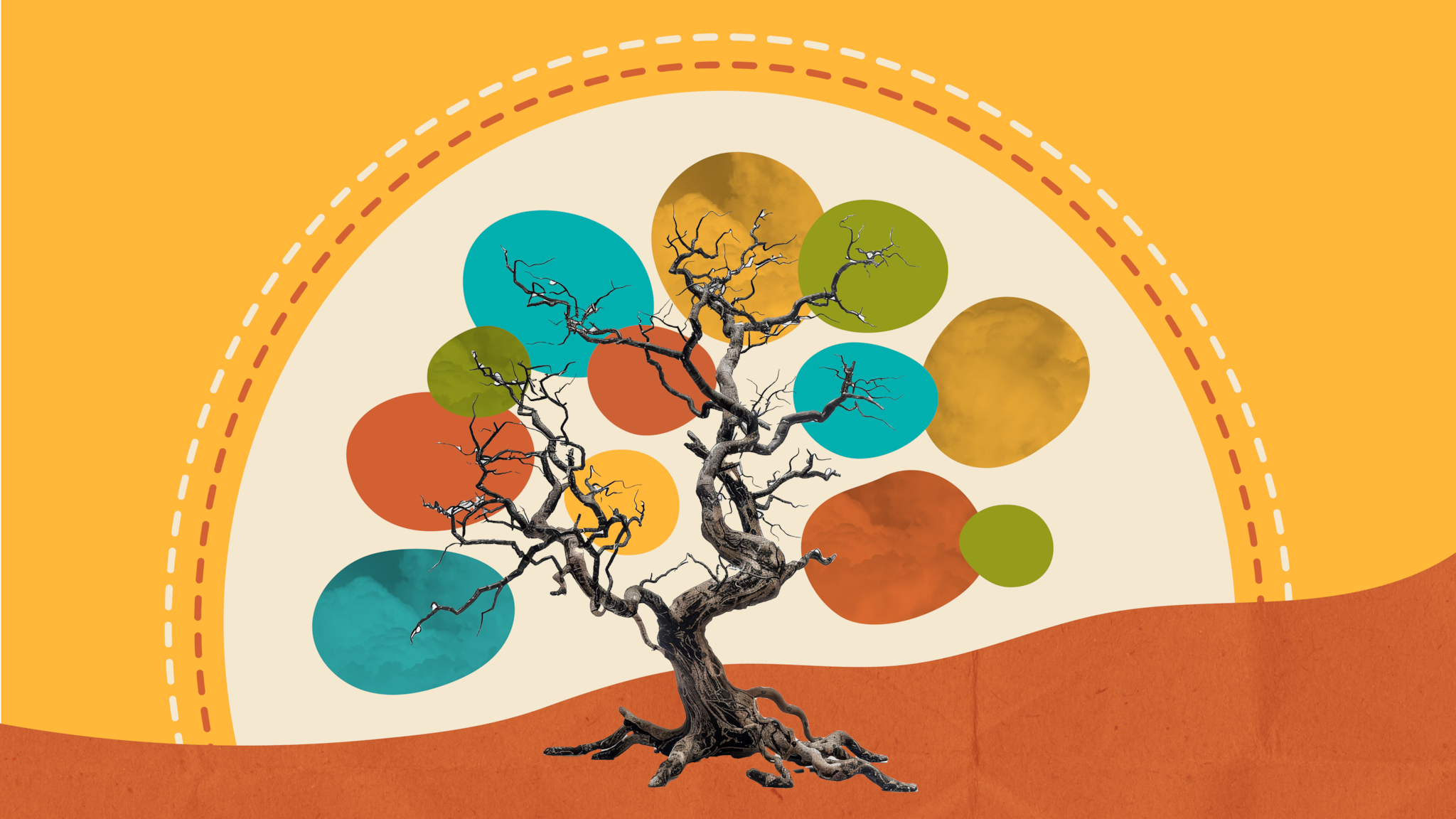Key points
- Stigma refers to negative attitudes, beliefs, and stereotypes people may hold towards those who experience mental health conditions.
- Stigma can prevent or delay people from seeking care or cause them to discontinue treatment.
- We can all play a part in helping to reduce mental health stigma.

Overview
Mental health conditions are common, and more treatments are available than ever to help people cope, recover, and thrive. However, stigma can prevent or delay people from seeking care or cause them to discontinue treatment.1
Stigma refers to negative attitudes, beliefs, and stereotypes people may hold towards those who experience mental health conditions. Stigma may also drive negative attitudes and beliefs surrounding mental health, which can affect motivation to seek mental health treatment and care.
People living with mental health conditions have experienced stigma across many generations, cultures, and societies. Although there is more understanding and acceptance today about mental health conditions, many individuals and communities still hold negative attitudes or beliefs about those living with mental health conditions.2
Mental health stigma can take many forms:
- Structural stigma, involving laws, regulations, and policies that can limit the rights of those with mental health conditions.3
- Public stigma, which include negative attitudes and beliefs from individuals or from larger groups towards people with mental health conditions, or their families or health care providers that care for them.3
- Self-stigma, which comes from within the person with a mental health condition.3 People living with a mental health condition may believe they are flawed or blame themselves for having the condition.4
When stigma leads to discrimination, people living with mental health conditions may be treated negatively.5 For example, people may experience being excluded by others in their social groups due to their mental health conditions.2
Get help now
If you or someone you know is struggling or in crisis, help is available. Call or text 988 or chat 988lifeline.org.
Reducing stigma
Reducing stigma may look like:
- Policies and practices that support people with a mental health condition, reducing barriers they face in settings like workplaces and health care. Supportive policies and practices can help people find and keep a job, secure safe housing, access quality health care services, obtain quality education, among other benefits.5
- Journalists, communicators, and others in the media working to educate the public responsibly about mental health.6 This includes taking care to portray those with mental health conditions accurately with nuance and context, and avoiding perpetuating negative, harmful stereotypes.
- Having open conversations around mental health. This includes using non-stigmatizing language when talking about mental health. Opinion leaders and those with wide platforms can also use their influence and reach to talk about their own mental health struggles and experiences.6
- Treating those living with a mental health condition with understanding, empathy, and acceptance, so that no one feels the need to hide their condition. Having personal, direct contact with those mental health conditions have been shown to combat negative stereotypes and reduce stigma.6
Related resources
- Stigma Reduction | Stop Overdose | CDC
- OD2A Case Study: Stigma Reduction Training | Overdose Prevention | CDC
- Health Equity Guiding Principles for Inclusive Communication | Gateway to Health Communication | CDC
- Resources for Journalists | The Carter Center
- Leaders Go First Campaign | mindsharepartners
- Mental Health Stigma Reduction Campaign - PAHO/WHO | Pan American Health Organization
- What is mental health stigma? | Mental Health America (mhanational.org)
- Mental Health Stigma | Psychology Today
- Henderson, C., Evans-Lacko, S., Thornicroft, G. (2013). Mental illness stigma, help seeking, and public health programs. Am J Public Health, 103(5), 777-80. http://dx.doi.org/10.2105/AJPH.2012.301056
- Schomerus, G., Schwahn, C., Holzinger, A., Corrigan, P., Grabe, H., Carta, M., Angermeyer, M. (2012). Evolution of public attitudes about mental illness: a systematic review and meta‐analysis. Acta Psychiatr Scand, 125: 440–452. https://doi.org/10.1111/j.1600-0447.2012.01826.x
- National Academies of Sciences, Engineering, and Medicine. (2016). Ending Discrimination Against People with Mental and Substance Use Disorders: The Evidence for Stigma Change. National Academies Press (US).
- National Institute of Mental Health. (n.d.). Stigma and discrimination toolkit. Retrieved on June 24, 2024 from https://www.nimh.nih.gov/about/organization/dar/stigma-and-discrimination-research-toolkit
- Pan American Health Organization. (n.d.). Mental health stigma reduction campaign. Retrieved June 24, 2024 from https://www.paho.org/en/campaigns/do-your-share
- Rössler W. (2016). The stigma of mental disorders: A millennia-long history of social exclusion and prejudices. EMBO Rep, 17(9), 1250-1253. https://doi.org/10.15252/embr.201643041
